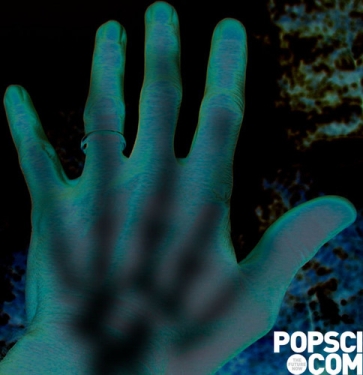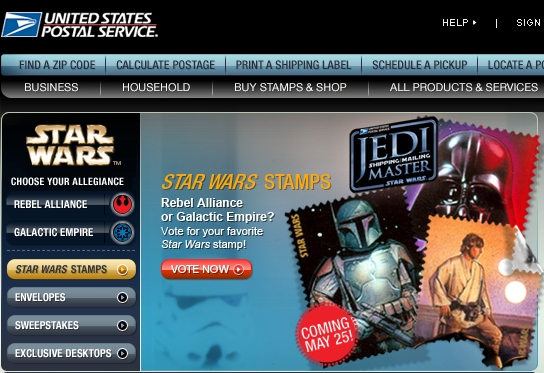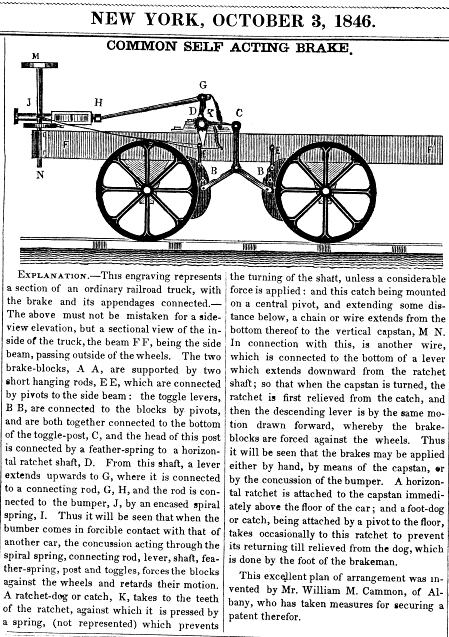Sometimes, you just need to stick to the disposable stuff.
Japan’s leading toilet maker Toto Ltd. is offering free repairs for 180,000 bidet toilets after wiring problems caused several to catch fire, the company said Monday.
The electric bidet accessory of Toto’s Z series caught fire in three separate incidents between March 2006 and March 2007, according to company spokeswoman Emi Tanaka. The bidet sent up smoke in 26 other incidents, the company said.
So be careful how you clean our backside. On the other hand, fire is an extremely effective manner of cleaning and disinfecting. I suppose it all depends on how much you value quality sterilization.
[tags]Bidets catching fire in Japan?[/tags]


 is recent, but not totally new news. It does not appear these are actually in production and available anywhere, but whenever these
is recent, but not totally new news. It does not appear these are actually in production and available anywhere, but whenever these 